What is dropshipping?
Dropshipping is an e-commerce fulfillment method in which you sell products to customers without the need to hold any inventory. The dropshipping supplier handles product storage, packaging, and shipping, while you earn the profit.
This model differs from print-on-demand in that you cannot customize the product; instead, you can only sell the supplier’s existing products.
1. JetPrint

JetPrint is a print-on-demand direct sales platform that enables you to globally sell customized products. They offer a wide range of customizable products, from T-shirts and shoes to home décor, making it easy to integrate them into your e-commerce store.
With fast shipping times and competitive prices, JetPrint is an excellent choice for businesses looking to offer personalized products. You can use JetPrint’s dropshipping service for free, with no subscription fees. Additionally, JetPrint provides the option to deliver your products in branded packaging or with custom labels.
2. AliExpress
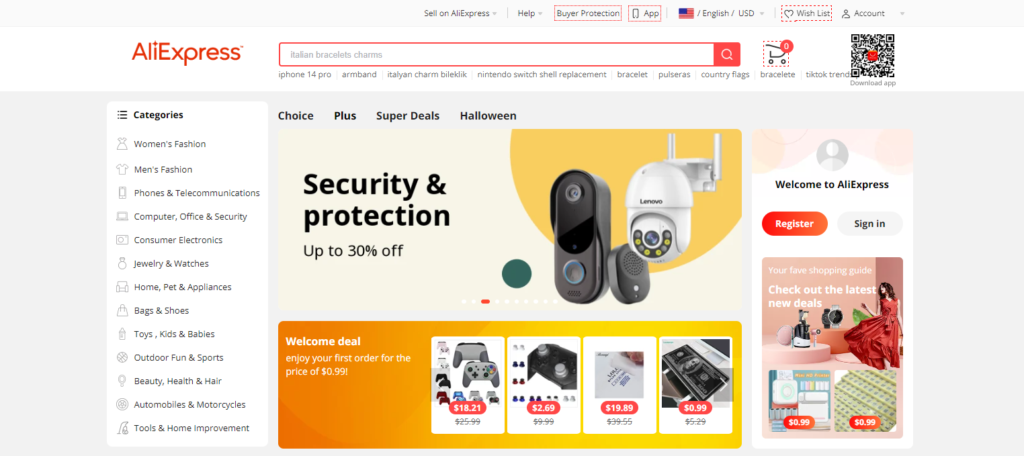
AliExpress is a well-known name in the world of dropshipping, offering a vast array of products from millions of sellers, most of whom are based in China. AliExpress’s extensive product catalog, along with its competitive prices, makes it a popular choice among dropshippers. There are several Shopify apps that have integrated with AliExpress, such as Dsers, allowing you to easily synchronize AliExpress products directly to your store, which is great news for beginners.
3. Doda

Doba is an online dropshipping marketplace that connects manufacturers and suppliers, offering the ability to search for wholesale products in your industry and compile custom lists.
This model of aggregating suppliers is similar to services like Printify and Gelato in the print on demand market. Doba provides various plans, including a 14-day free trial, with pricing starting at $24.99 per month.
4. DSers
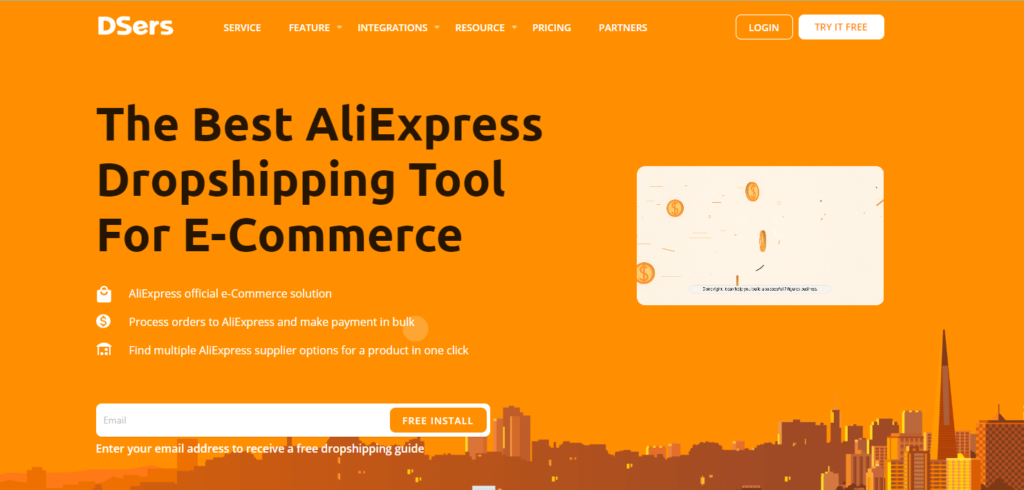
DSers is a set of order processing and management tools designed for dropshippers. While they don’t handle product delivery, they seamlessly integrate with platforms like Shopify, WooCommerce, or Wix, helping you find niche products on AliExpress.
5. Sprocket
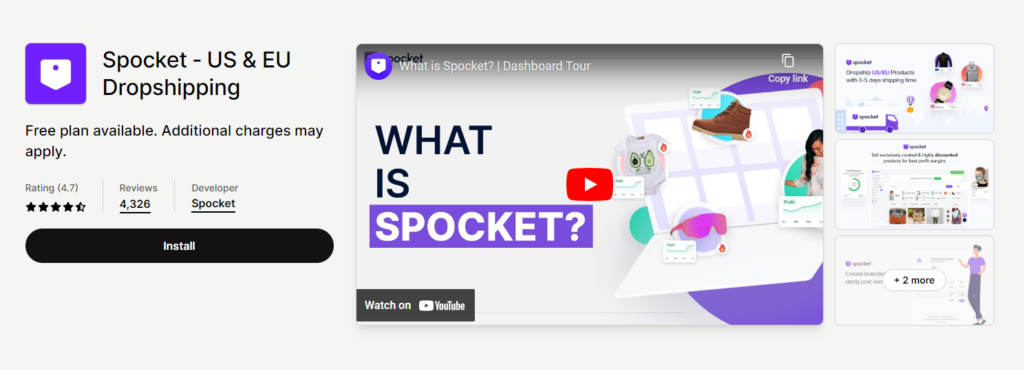
Spocket focuses on the dropshipping platform for suppliers in the United States, Europe, Brazil, and other regions. If your primary customer base is in these areas, Spocket can be your top choice. Their fast shipping times and high-quality products can enhance customer satisfaction.
6. Megagoods
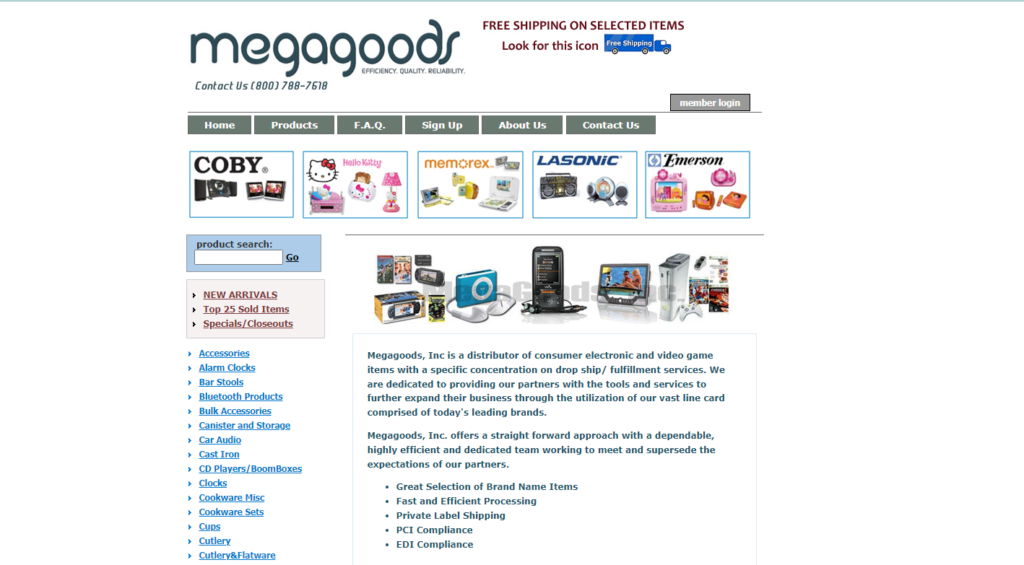
Megagoods is a California-based dropshipping platform that deserves consideration, especially if you are interested in dropshipping electronics. Their focus on electronics, gadgets, and consumer products positions them as a top choice for businesses in the technology industry. However, it’s worth noting that Megagoods’ website appears outdated, and this is an area they need to improve.
7. Wholesale2B

Wholesale2B offers an all-in-one dropshipping and real-time inventory automation solution, granting access to a variety of products from multiple suppliers. Their platform seamlessly integrates with popular e-commerce platforms like Shopify, WooCommerce, and BigCommerce, as well as online platforms such as Etsy and Amazon. Integration with these platforms requires a monthly fee of $37.99.
Additionally, they provide the option to create a dropshipping website for $49.99 per month to host your store on their platform.
8. Modalyst
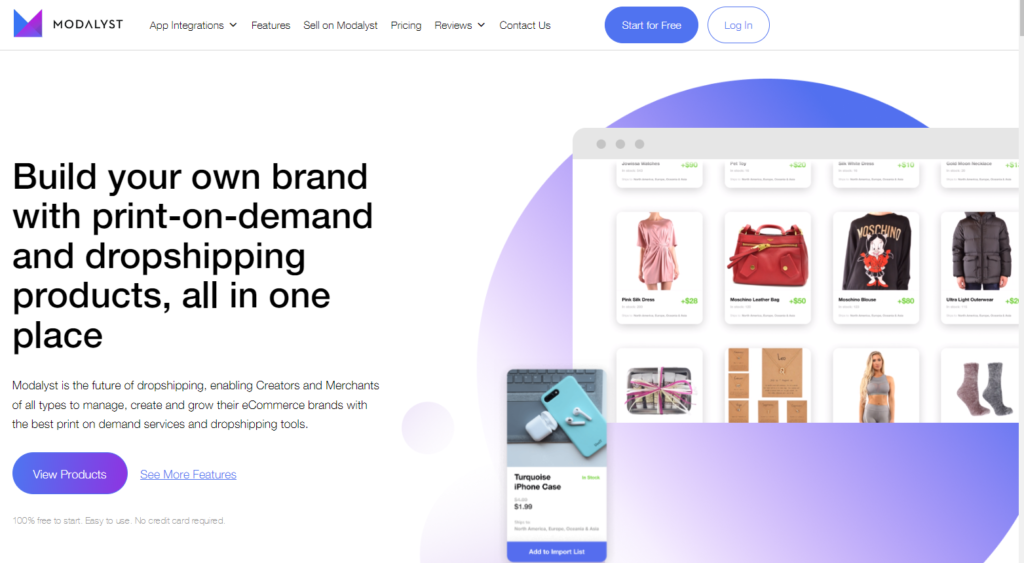
Modalyst caters to the fashion and apparel niche within the dropshipping market, offering a range of stylish clothing and accessories from various designers and suppliers.
If your e-commerce store focuses on fashion, Modalyst can help you stay up-to-date with the latest trends. Modalyst is also an official AliExpress Dropshipping partner, allowing you to add their products to your store via the Google Chrome extension.
9. CJDropshipping
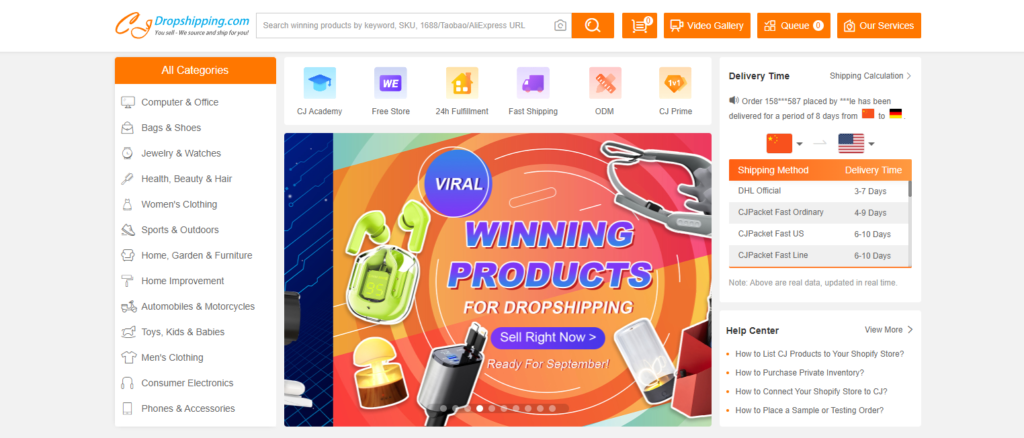
CJDropshipping is a global dropshipping platform that connects businesses with suppliers worldwide, offering a comprehensive range of products from clothing to home goods. You can easily import products into your Shopify store.
CJDropshipping sources its goods from 1688 and Taobao, which are e-commerce platforms targeting Chinese consumers. These platforms typically feature lower prices than AliExpress, allowing you to access more competitive pricing compared to other dropshipping suppliers.
10. Rush Order
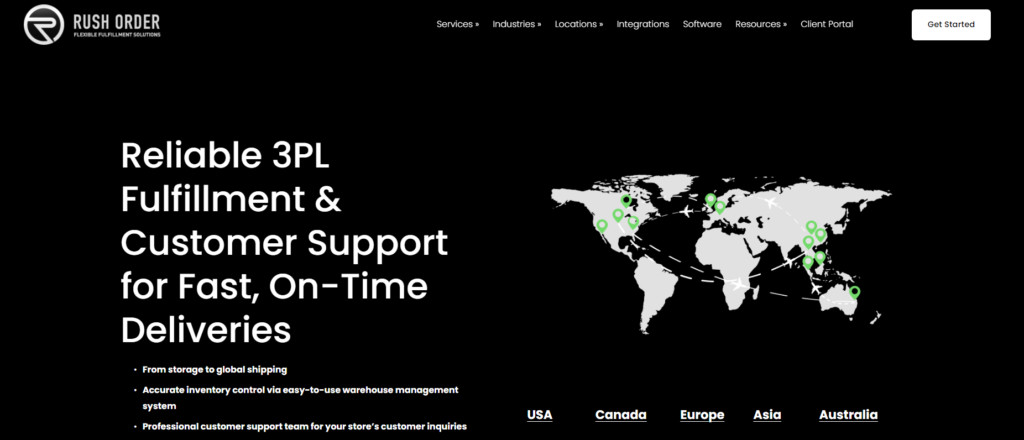
Rush Order is a well-known 3PL fulfillment company that can help you warehouse your merchandise and handle orders for shipping worldwide.
3PL fulfillment is entirely different from dropshipping fulfillment. 3PL fulfillment mainly handles warehousing, inventory management, order management, and other services. All products need to be stored in their warehouse first, rather than them providing products for you.
Find dropshipping suppliers
To find a reliable dropshipping supplier, you should follow these tips:
1. Conduct thorough research: Look for vendors with a solid reputation and positive customer reviews. Check online forums and directories for advice.
2. Prioritize communication: Get in touch with potential suppliers to assess their responsiveness and willingness to collaborate with you.
3. Demand transparency: Ensure that suppliers are open about their pricing, shipping times, and policies.
4. Assess product quality: Request samples to gauge the quality of the products they offer.
5. Consider shipping times: Opt for suppliers with faster delivery options to keep your customers satisfied.
6. Compare pricing: Make price comparisons between different suppliers to maximize your profit margins.
7. Evaluate customer service: Select a vendor with responsive customer support to quickly address any issues that may arise.
How to identify fake dropshipping suppliers
Unfortunately, not all suppliers in the world of dropshipping are reputable. Here are some red flags to watch out for when trying to identify fake dropshipping suppliers:
1. Excessive fees or unreasonable prices:
Legitimate dropshipping providers typically don’t charge high upfront fees or require monthly membership fees. Some fake dropshippers may use other dropshippers’ products and charge higher fees to make a profit.
2. Lack of clear contact information and human response:
Fake suppliers often lack physical addresses or contact information, attempting to conceal their identities. If they offer an online chat tool, you may never receive a response from a human – only automated replies. They may also ignore your emails.
3. Inconsistent product information:
Exercise caution if product descriptions and pictures don’t match. Such discrepancies may be due to errors in their work or, in some cases, because they’ve stolen products from other suppliers.
4. Absence of social media profiles:
A lack of active social media profiles could suggest an unreliable supplier. Fake dropshipping suppliers typically don’t have the time to manage customer messages or maintain active social media accounts. You may notice that their last post was made a year or more ago.
5. Unrealistic promises:
Reputable dropshipping suppliers have privacy policies and effective return and refund policies. They’ll promise reasonable compensation based on the amount you’ve ordered. Be wary of fake dropshipping suppliers offering excessively high compensation, as it often doesn’t align with the company’s business practices.
FAQ
How much money do I need to start a dropshipping business?
The cost of starting a dropshipping business is relatively low, mainly covering expenses for website hosting, marketing, and any necessary software tools.
Do I need a business license to start dropshipping?
It is recommended to check the legal requirements in your area, but in many cases, you do not need a business license to start dropshipping.
Can my store use multiple dropshipping suppliers?
Yes, you can work with multiple suppliers to offer a broader range of products and ensure a reliable supply.
Is dropshipping a sustainable business model?
The current dropshipping market still holds potential. However, if you have pattern design capabilities, I would recommend the print-on-demand business with personalized features.
What is the average profit margin for dropshipping?
Depending on your niche and pricing strategy, profit margins can vary significantly. On average, dropshippers aim for a profit margin ranging from 15% to 20%.
What is the difference between print on demand and dropshipping?
This article (The Difference Between Print On Demand and Dropshipping) will help you understand the distinctions between print on demand and dropshipping.
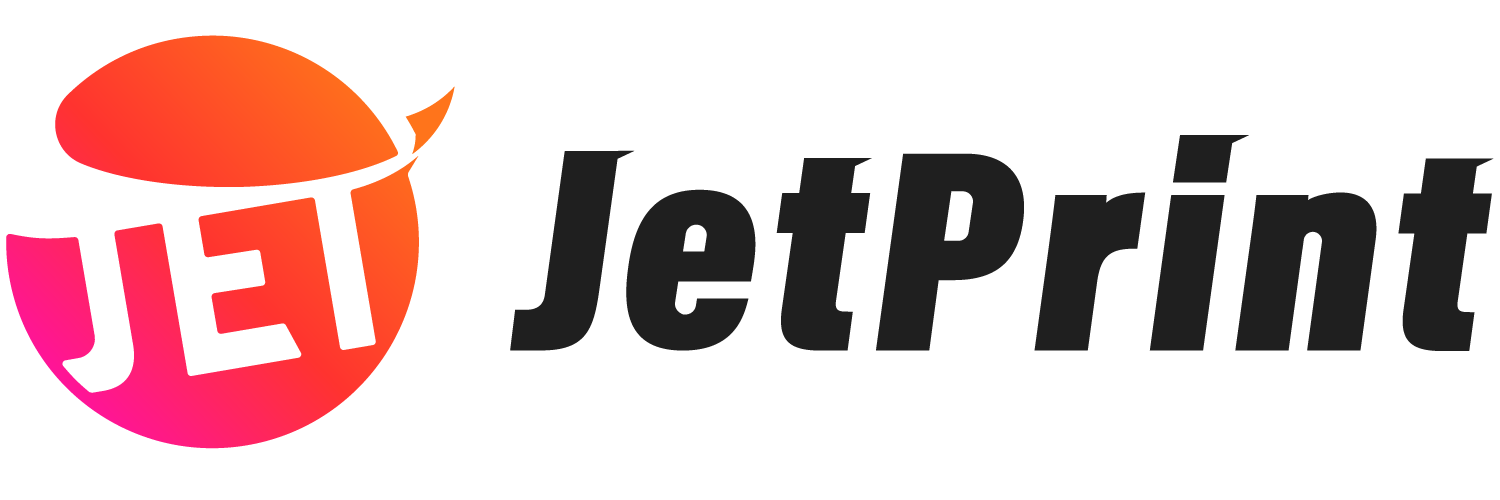
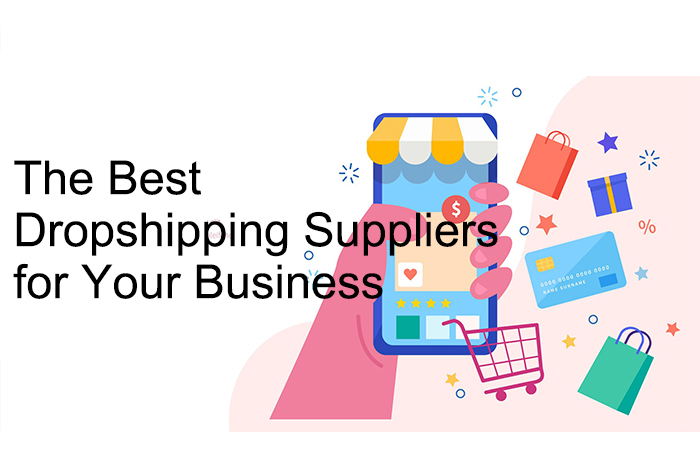
0 Comments